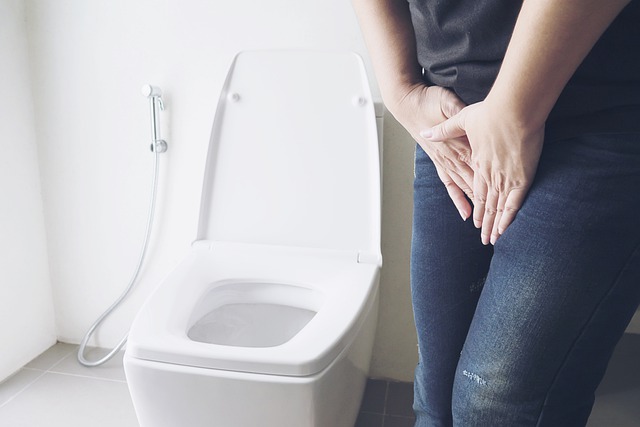Podcast: Play in new window | Download (Duration: 11:22 — 15.6MB) | Embed
On this episode, I discuss trospium pharmacology, adverse effects, and important drug interactions you should know.
Trospium chloride (Sanctura) is a bladder antimuscarinic or anticholinergic. It blocks the action of acetylcholine in bladder smooth muscle. It is used for urinary frequency and overactive bladder. The immediate-release formulation is taken twice a day. There is an extended-release version that is more expensive.
As its classification suggests it is going to have anticholinergic effects that include dry eyes, dry mouth, constipation, urinary retention, GI tract slowing down, CNS sedation, and increased risk of falls. Compared to older bladder anticholinergics such as oxybutynin or tolterodine there is less CNS penetration. Hopefully, this will cause the patient to experience fewer CNS side effects. A downside to this being a newer medication is that it costs more.
Trospium is on the BEERS list. Look for medications started after the trospium that indicate anticholinergic side effects such as saliva substitutes, an increase in BPH medications, artificial tears, or constipation medications.
It should be administered on an empty stomach as food can block absorption. If the patient is currently taking it with food and seeing results there is no need to change how they are taking it.
Trospium is not metabolized by CYP enzymes minimizing drug interactions. Most interactions occur because of additive effects. Avoid using it with other medications on the BEERS list, especially other anticholinergic medications. Be cautious using other medications with sedative effects and CNS depression (benzodiazepines, sleep medications, opioids, alcohol) as they may have additive effects.
Be sure to check out our free Top 200 study guide – a 31 page PDF that is yours for FREE!
Support The Podcast and Check Out These Amazing Resources!
Meded101 Guide to Nursing Pharmacology (Amazon Highly Rated)
Guide to Drug Food Interactions (Amazon Best Seller)

